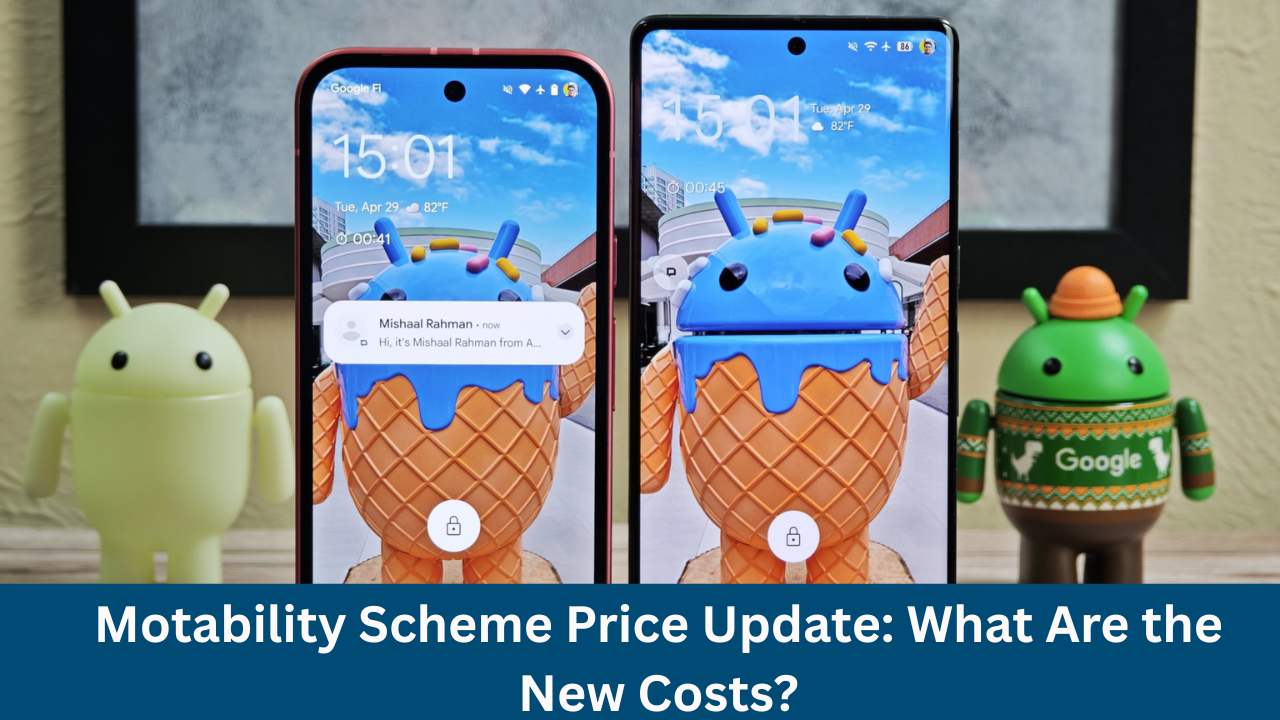When Google released the fourth beta of Android 16 this month, many users expected major changes in the user interface (UI). However, those hoping for big updates were left disappointed as there were minimal visual improvements in Beta 4. Since Beta 4 is the final beta version, likely, the stable release of Android 16 won’t look much different from last year’s Android version.
But, don’t lose hope just yet! There’s more to come in future updates, especially with Google’s upcoming changes. The company has confirmed a new version of its Material Design theme will be unveiled at their upcoming developer conference. Some hidden design features found in the Android 16 Beta give us an early glimpse of these future design changes, including an exciting increase in background blur effects. Let’s dive into an early look at Google’s UI redesign!
Caution ahead: These changes are hidden
Before we explore the upcoming design changes, it’s important to note that these features are not enabled by default in Android 16 Beta 4. The exact timeline for their activation is unclear, but Google might include them in future quarterly updates. We’ll likely get more clarity during Google I/O 2025, when the company plans to unveil the new “expressive” version of Material Design, called Material 3 Expressive.
A fresh look for the status bar
The status bar in Android 16 Beta 4 has received some noticeable updates. One of the first things you’ll notice is a change in the icons. Google has given Wi-Fi, mobile data, airplane mode, and battery level icons a new look. The Wi-Fi and mobile data icons are now segmented, and the 5G and airplane mode icons are much bolder. The battery icon has also transformed: now, the battery turns green when charging and shifts to red when the battery is low. These changes bring a new, fresh aesthetic to the interface.
Tweaks to the notification and Quick Settings panel
One of the more dramatic changes Android users can expect is an overhaul of the notifications and Quick Settings area. While Google previously explored the idea of separating these panels into two pages, they seem to be leaning towards a new design that keeps the panels combined but still brings in improvements. Key improvements include:
- Resizable Quick Settings tiles
- A new one-click toggle for Wi-Fi and Bluetooth
- A redesigned tile editor
- Quick shortcuts to add or remove tiles
In this new layout, the Quick Settings panel has also received an upgrade in terms of visual appeal. Instead of the solid black background we’ve come to know, the Quick Settings panel now boasts a blurred background. This new background blur effect enhances the aesthetics, giving the UI a more modern and sleek look. In light mode, this blurred background gives a frosted glass appearance, while in dark mode, it shifts to a dark gray background with some level of transparency.
The blur effect takes over Android’s design
The background blur effect doesn’t just stop at the Quick Settings panel. Google is applying blur effects to other areas of the OS, such as the Pixel Launcher’s app drawer, the recents (multitasking) menu, and even the PIN entry screen. Currently, these areas use solid light or dark grey backgrounds, but with the new design, they will feature more visually appealing blur effects. This change is expected to make the overall experience cleaner and more fluid.
A cleaner and more compact lock screen
Android’s lock screen will also receive a slight redesign. The new layout will move the date and weather information either below or beside the clock, depending on the position of the clock. When notifications appear, the contextual information will shift below the clock. This subtle change will create a more visually appealing, cleaner design.
Additionally, the new lock screen will introduce a compact notification shelf, which will only display app icons instead of full notification previews. Tapping on these app icons will expand the notification shade, revealing the full details. This new design aims to keep the lock screen clean while allowing users easy access to important information.
A sleeker PIN entry page
Another less noticeable but still exciting change comes to the PIN entry page. In addition to the blurred background effect, the dots for each number entered will now be larger and bolder, with dynamic colours that match Material You theming. This small update will enhance the overall appearance of the screen and make it easier to distinguish the entered numbers visually.
Volume and media output UI improvements
The volume panel, introduced in Android 15, was a major overhaul, but it seems Android 16 will introduce another update. The new volume slider will be thinner and feature distinct handles. This new design aligns with Material Design 3 guidelines and gives the volume UI a more modern, sleek look.
Additionally, the volume slider that appears when you press the volume button has been redesigned with a thinner, rectangular handle. Other tweaks include changes to the sound mode selector, which will now appear in rounded rectangles, making the interface look cleaner and more refined.
What does this mean for Android users?
With all these changes, Android is moving towards a more visually appealing and functional interface. The use of background blur and the more organised Quick Settings and notifications panels are all part of Google’s efforts to improve user experience and aesthetics. While these features may not be part of Android 16’s official stable release, they could become part of future updates, bringing an exciting new look to your device.
Your thoughts on the new Android UI?
Are you excited for these changes, or do you think Android should stick with the familiar design? We can’t wait to see how these updates will improve our everyday use of Android devices!

Deepak Grover is a dedicated content writer at OTE News, specializing in government affairs, public policy, and current events. With a keen eye for detail and a passion for factual reporting, he ensures readers receive accurate and insightful news. Deepak holds a degree in Political Science and has experience in research-driven journalism.
When not writing, he enjoys reading historical books, exploring hiking trails, and staying updated with global political trends. His commitment to ethical journalism makes him a trusted voice at OTE News.




